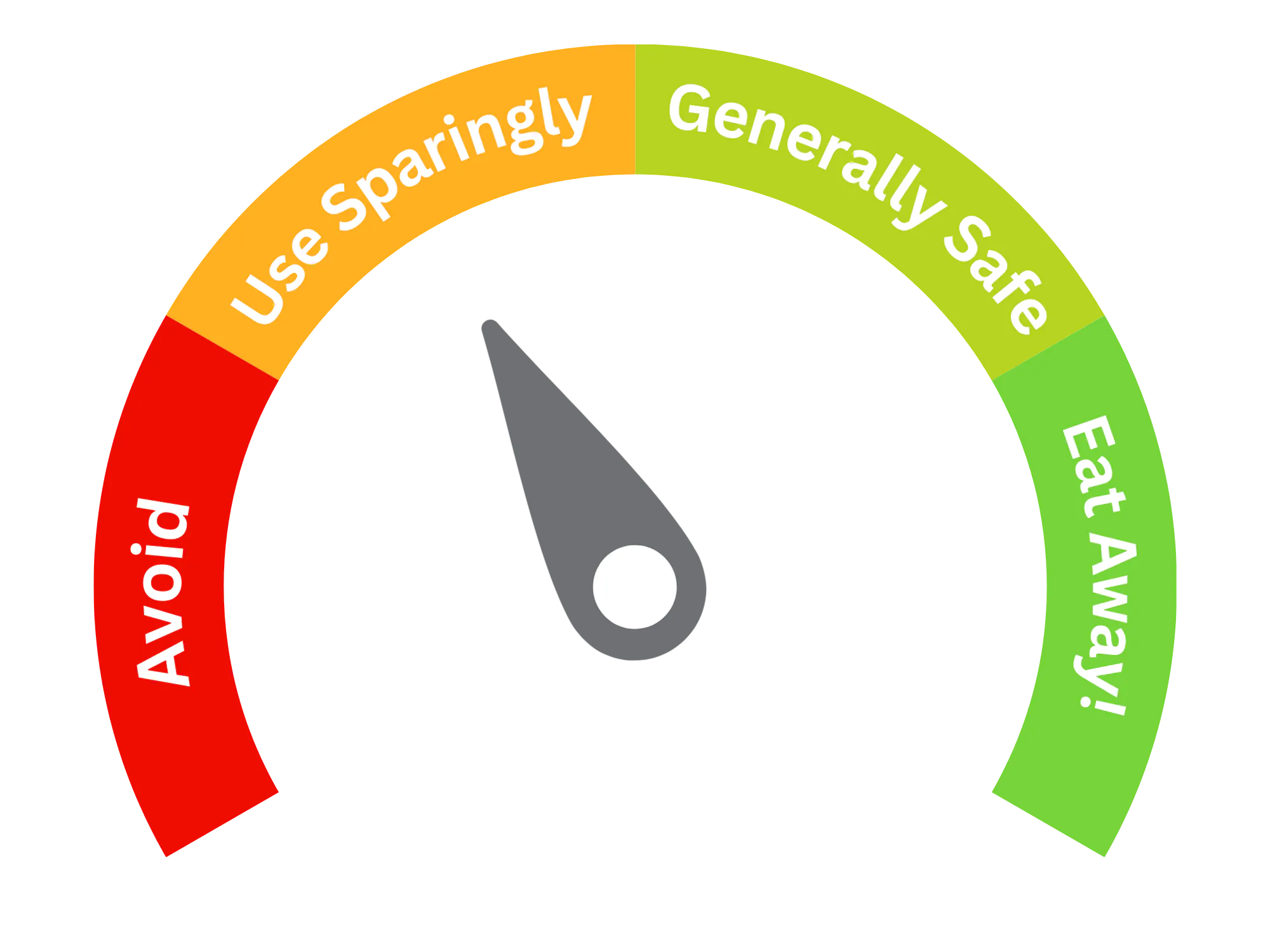Lithol Rubine BK (E180)
Purpose and Function
Pigment Rubine, Lithol Rubine BK (E180) is a synthetic red azo dye used primarily as a colorant in food products. It provides a vibrant red color and is commonly applied in specific food categories where intense color is required. Its uses include:
- Cheese Rind: Primarily used to color the rinds of certain cheeses, such as Edam and other red waxed cheeses, to give them a distinct appearance.
- Confectionery: Rarely, it can be used in the surface coating of candies or other similar products.
- Other decorative applications: Occasionally used in food for decorative purposes where a strong red color is desired, although its application is very limited due to safety concerns.
E180 is mostly used in the external decoration of food, such as cheese rinds, and is not commonly found inside food products.
Potential Risks and Side Effects
Pigment Rubine, Lithol Rubine BK (E180) is considered safe for use in limited applications, but there are some concerns about its long-term safety:
- Potential for allergic reactions: As an azo dye, E180 may cause allergic reactions or sensitivities, particularly in individuals who are sensitive to other azo dyes. Symptoms may include skin rashes, hives, and respiratory issues.
- Restricted use: Due to potential health risks, E180 is restricted to very specific uses, such as coloring the rind of certain cheeses, where it is unlikely to be consumed in large amounts. Its use in food products that are directly consumed is limited.
- Bans in some countries: E180 is not approved for use in the United States and some other countries due to safety concerns surrounding azo dyes.
Regulatory agencies, including the European Food Safety Authority (EFSA), allow E180 for limited use, mainly for decorative purposes on cheese rinds, where ingestion is minimal.

